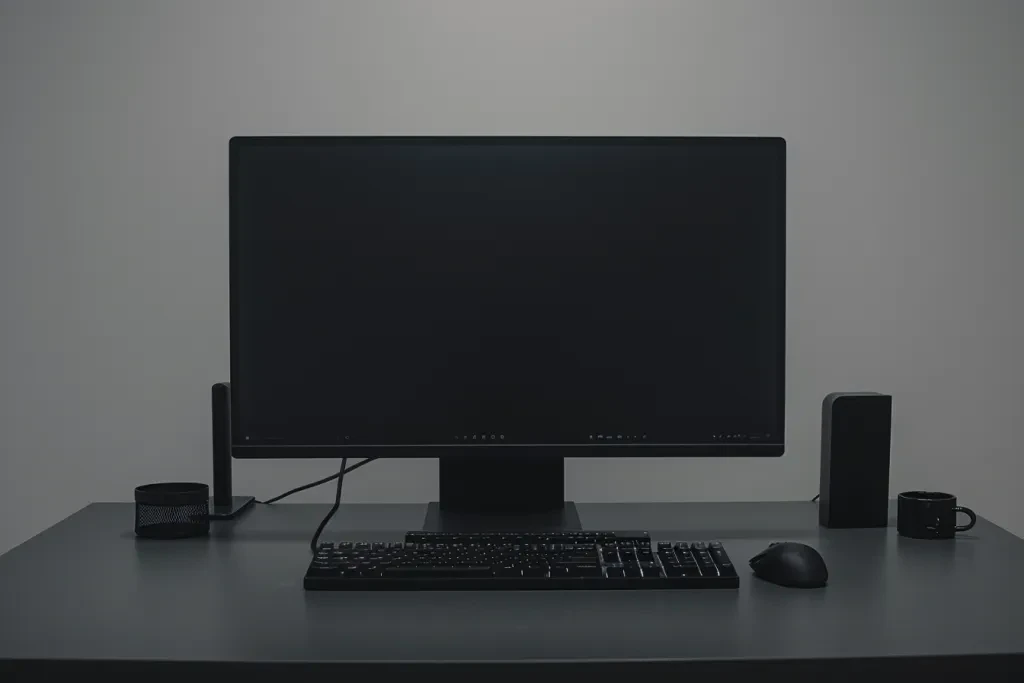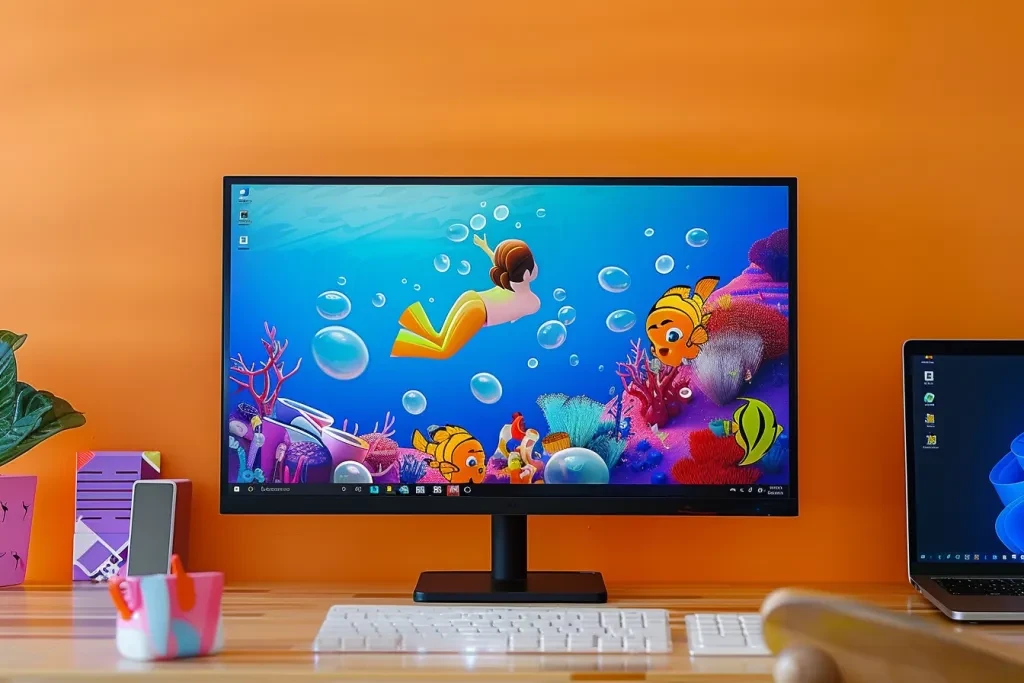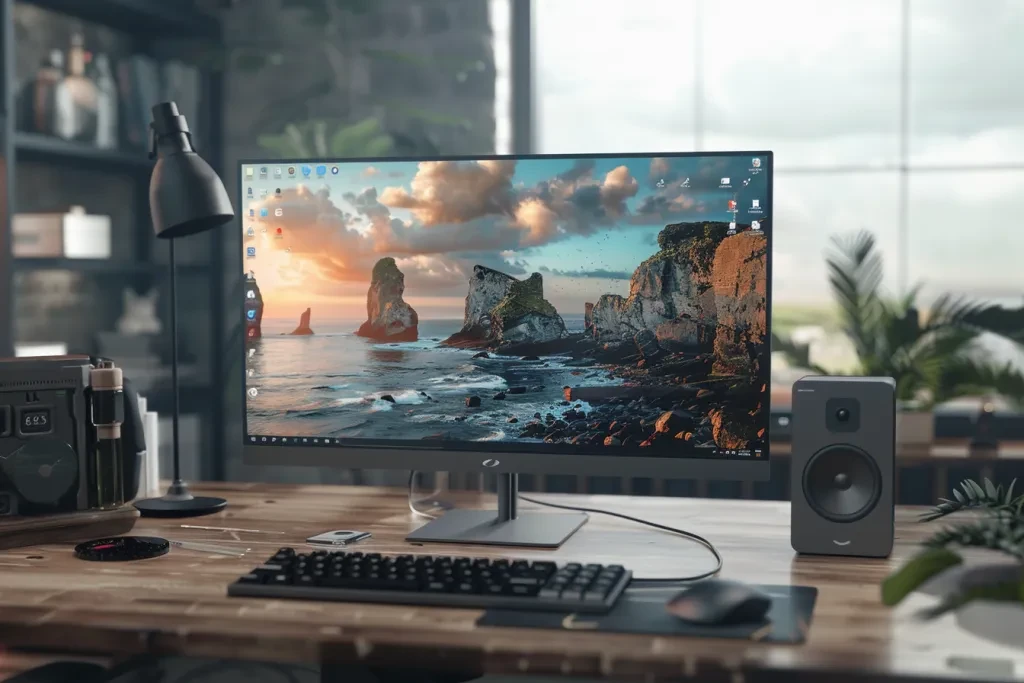All-in-one computers have revolutionized the desktop computing landscape, offering a sleek, space-saving solution without compromising on performance. These devices integrate the computer’s core components into the same case as the monitor, providing a clutter-free and stylish setup. This article explores the intricacies of all-in-one computers, their advantages, potential drawbacks, and offers tips on selecting and using them effectively.
Table of Contents:
– What is an all-in-one computer?
– How does an all-in-one computer work?
– Benefits and drawbacks of all-in-one computers
– How to choose an all-in-one computer
– How to use an all-in-one computer
What is an all-in-one computer?

All-in-one computers represent a category of personal computing devices that combine the traditional tower or desktop unit’s processing power with a monitor into a single, integrated piece. Unlike conventional desktops that require separate components connected by various cables, all-in-one systems offer a unified design that houses the motherboard, processor, RAM, storage, and other critical components behind the display screen. This design philosophy not only saves space but also simplifies the setup process, making these computers an attractive option for both home and office environments.
How does an all-in-one computer work?

The operational foundation of an all-in-one computer mirrors that of traditional desktops, albeit with a more integrated approach. The central processing unit (CPU), the brain of the computer, executes instructions from software applications, while the random access memory (RAM) provides the necessary workspace for running programs. Storage, whether in the form of a hard disk drive (HDD) or a solid-state drive (SSD), holds the operating system, applications, and personal files. All these components are ingeniously packed into a slim profile behind the computer’s display, minimizing the footprint on your desk.
Benefits and drawbacks of all-in-one computers

The primary advantage of all-in-one computers is their space-saving design. By consolidating the computer and monitor into a single unit, they reduce clutter and free up valuable desk space. Additionally, these systems are generally easier to set up and move around, as they eliminate the tangle of cables associated with traditional desktops. However, the integrated design of all-in-one computers can also be a drawback. Upgrading components like RAM or storage is often more challenging and sometimes impossible, limiting the system’s lifespan compared to more modular desktops. Furthermore, if the display or another critical component fails, the entire unit may need to be serviced or replaced.
How to choose an all-in-one computer

Selecting the right all-in-one computer requires careful consideration of several factors. First, assess your needs in terms of processing power and memory. A computer for general web browsing and office applications won’t need as much horsepower as one intended for gaming or graphic design. Screen size and resolution are also important, especially for users who work with visual media. Additionally, consider the available connectivity options, such as USB ports and wireless connectivity, to ensure the computer can support all your peripherals and devices.
How to use an all-in-one computer

Using an all-in-one computer is similar to operating any desktop system, but with a few nuances due to its integrated design. Start by finding a suitable location that can accommodate the screen size and offers a comfortable viewing angle. Connect any external devices, such as a keyboard, mouse, or printer, using the available ports. Once everything is set up, power on the unit and follow the on-screen instructions to complete the initial setup process, including connecting to Wi-Fi, setting up user accounts, and installing essential software.
Conclusion
All-in-one computers offer a modern, space-efficient solution for users looking to combine sleek design with desktop computing power. While they may present some limitations in terms of upgradeability and repairability, their benefits in terms of aesthetics, simplicity, and space-saving are undeniable. By carefully considering your needs and understanding the capabilities of these systems, you can choose and use an all-in-one computer that perfectly fits your lifestyle and work requirements.



